On a full-size keyboard, I can type using blank keys, but the FinchBoard is a different matter. Sure, I could memorize the layout or write it on the keycaps with a permanent marker, but I wanted something more aesthetically pleasing.
Since I couldn’t find suitable keycaps with lettering on the market, I came up with the following solution.
Using a laser printer, I print the letters onto a sheet of glossy magazine paper and use solvent to transfer the toner to the surface of the caps. The keycaps are made of ABS plastic, which becomes soft at 100°C and melts at 300°C. They dissolve well in acetone, and the 647 solvent I use dissolves the caps to about the same extent as acetone.
Through trial and error, I managed to find the appropriate solvent composition.
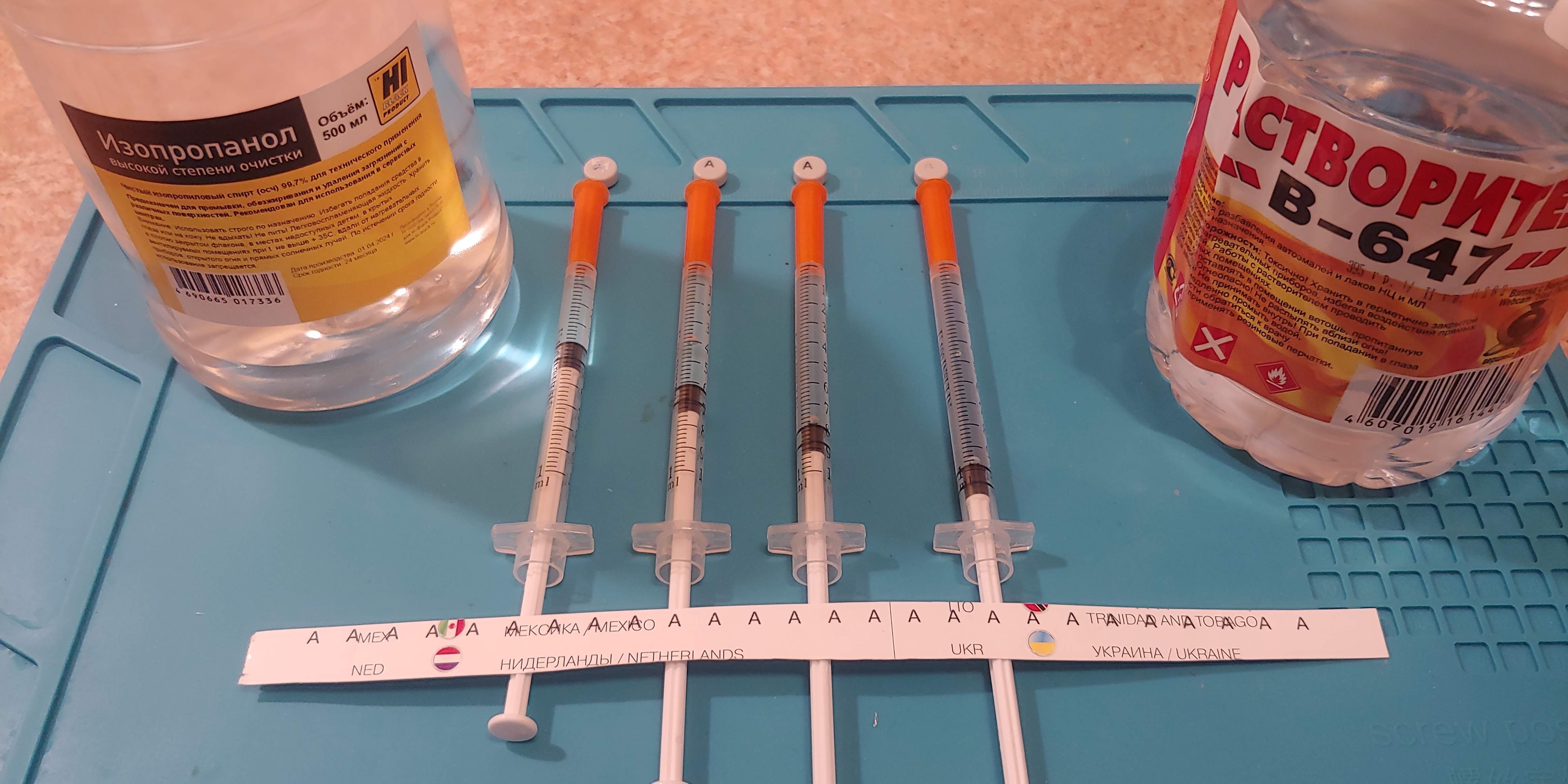
I mix solvent 647 and isopropanol in a ratio of approximately 1:2 or 1:3
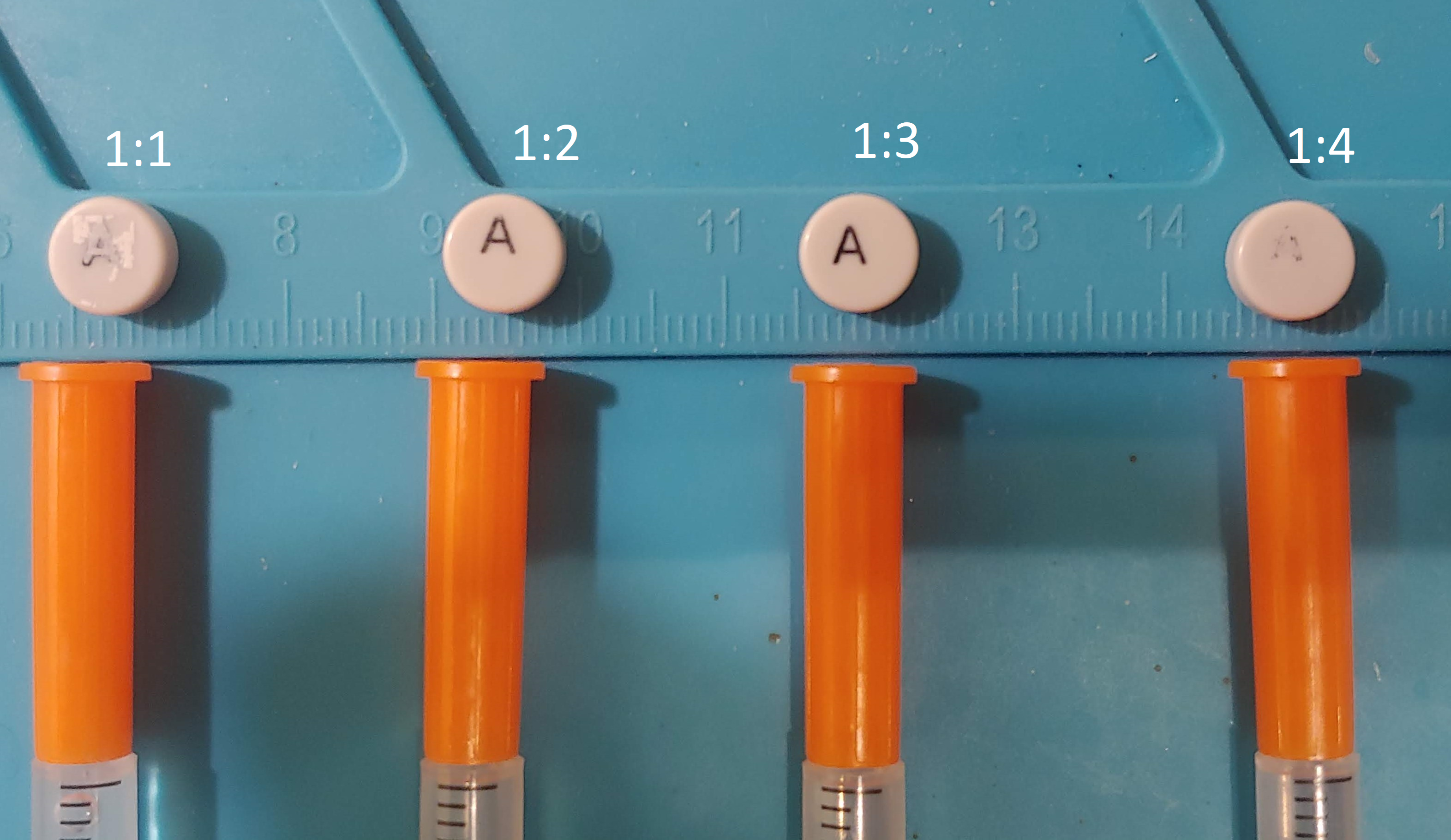
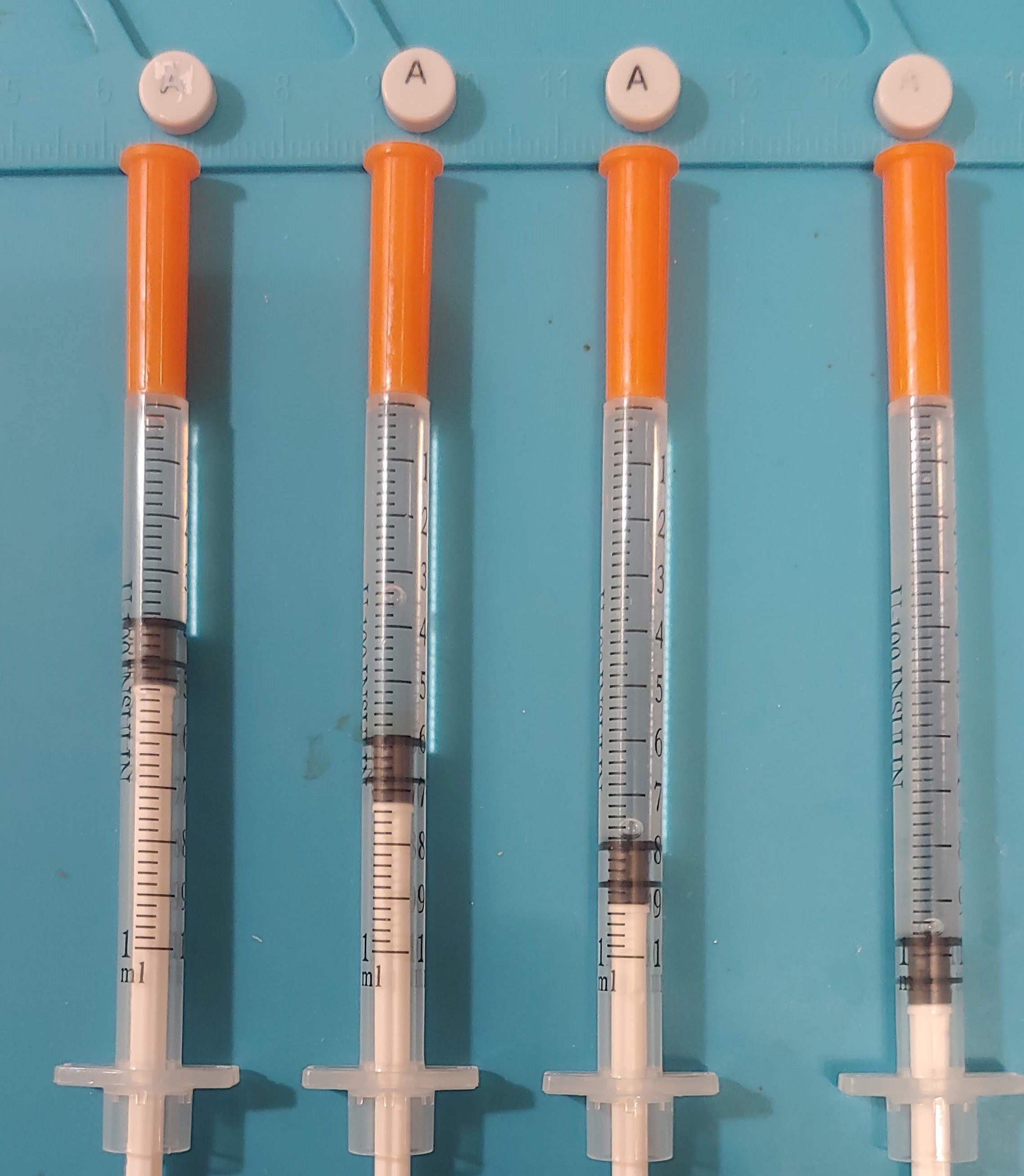
I found that a mixture with a higher concentration of solvent, such as 1:1, makes the image blurry, while a 1:4 concentration is too weak to transfer the toner. A 1:1 mixture of acetone and isopropanol also works for transferring toner.
To position the patterned paper and the caps, I printed a cap holder and a lid with 2mm thick rubber glued inside as a press to evenly distribute pressure on the caps.

I prepared a layout in CorelDraw, remembering to mirror it before printing.
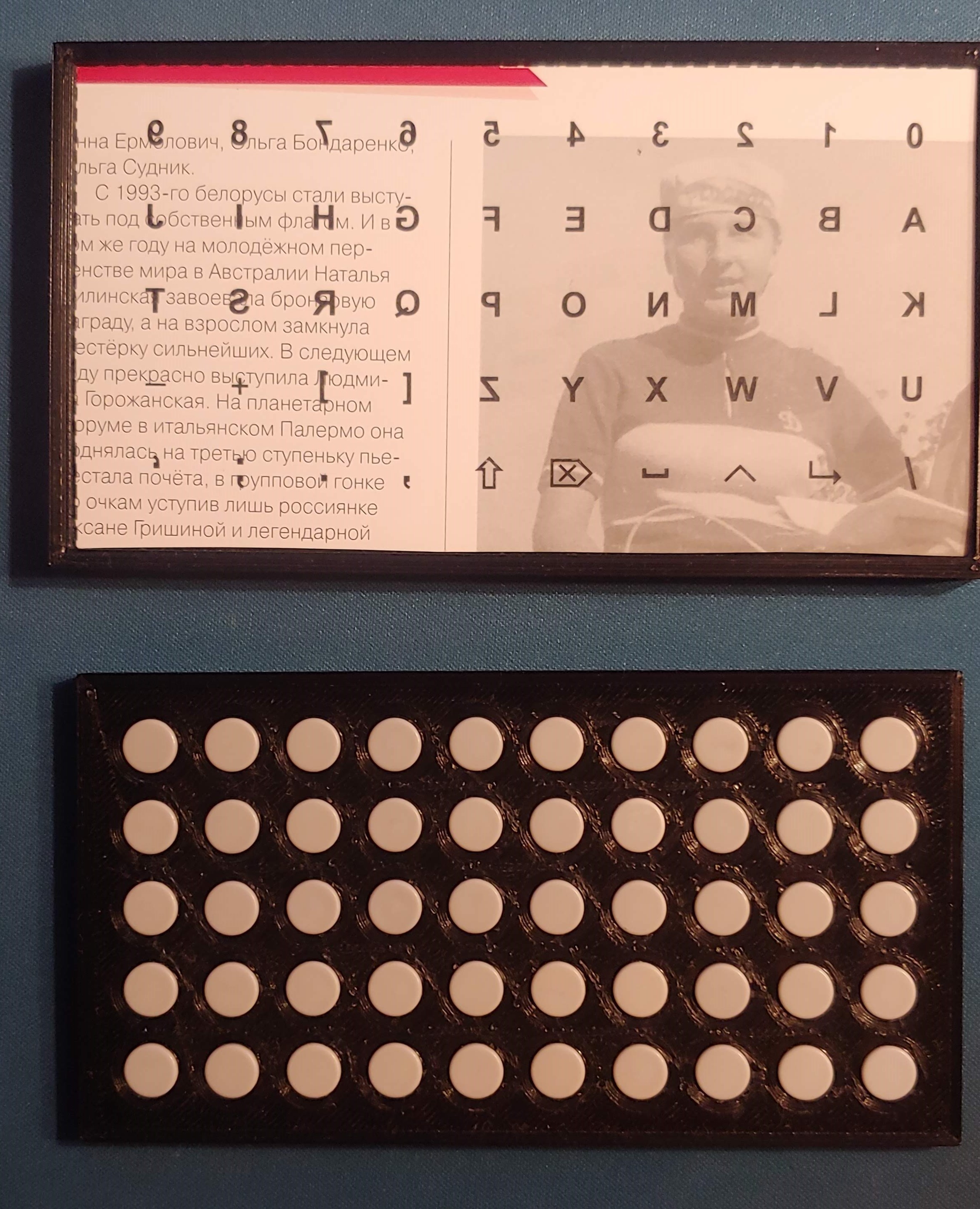
First, I cut out the layout along the outline and placed it on the rubber inside the lid. Then, I moistened it with solvent using a syringe and placed the holder with the caps on top. To apply pressure, I initially tried pressing them with my palm on the table, but the result was poor. Using my body weight gave better results:
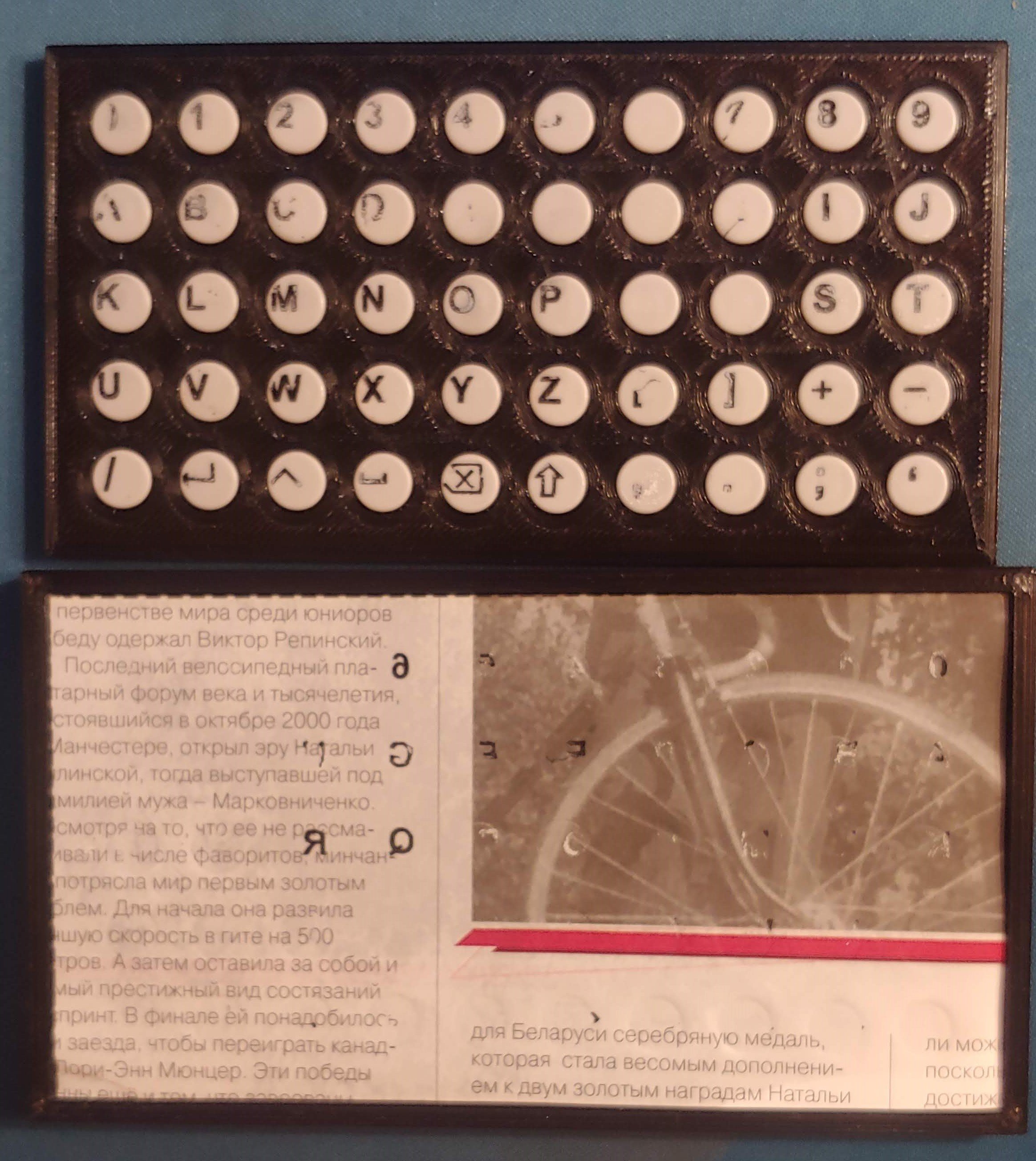
Finally, using a vice provided a complete transfer of the toner from the paper to the caps.

The position of the letters was a little off, so I corrected the layout in CorelDraw.
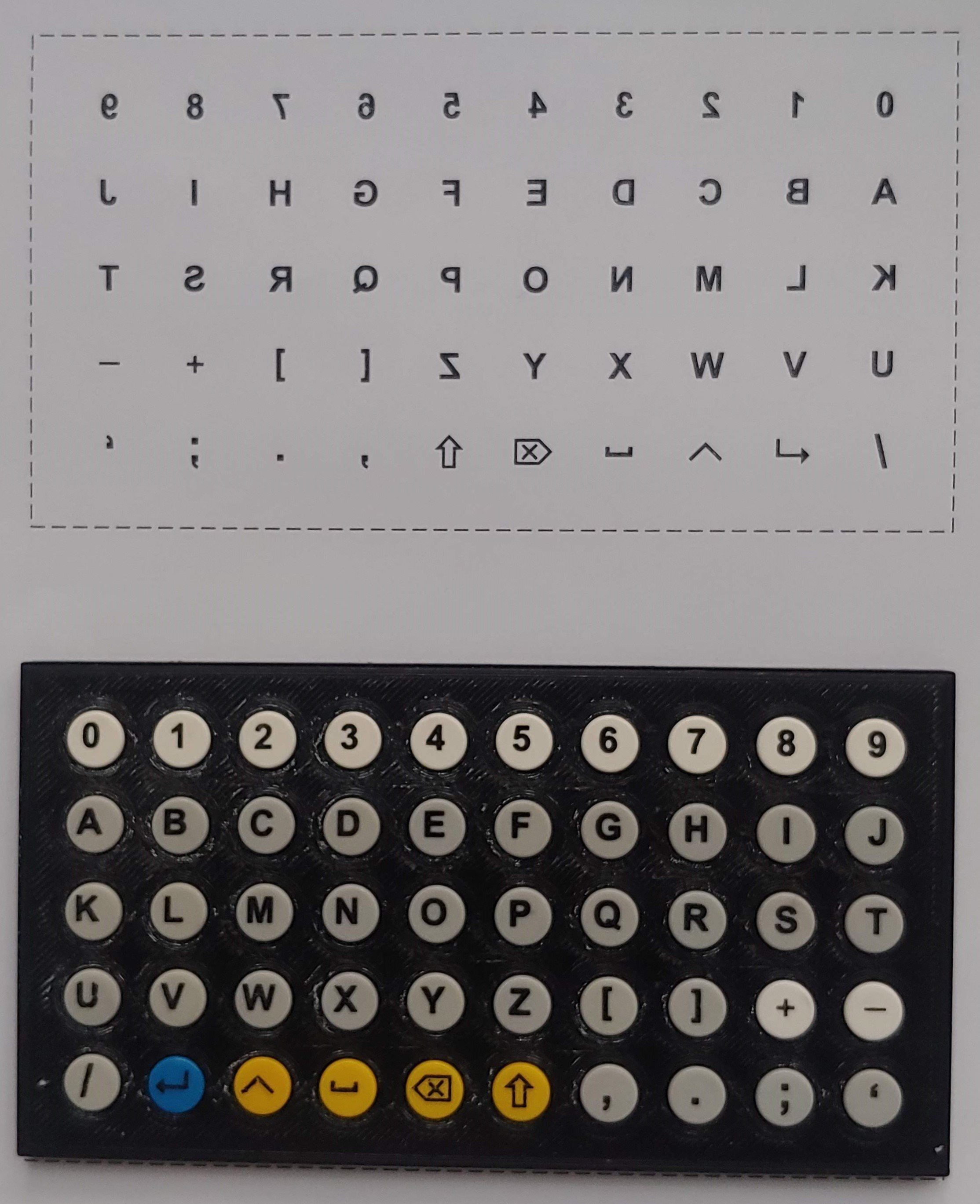
As for the durability of the images transferred this way, I’m not entirely sure yet. They don’t rub off with a finger and are resistant to alcohol when gently wiped. However, if you soak the toner with alcohol and rub it forcefully with a napkin, the image can be erased. I think it makes sense to cover the caps with a layer of varnish. An alternative to varnish could be to paint the caps with sublimation paint and then remove the toner, which should leave the plastic under the toner with its original color.
 Alex
Alex
Discussions
Become a Hackaday.io Member
Create an account to leave a comment. Already have an account? Log In.